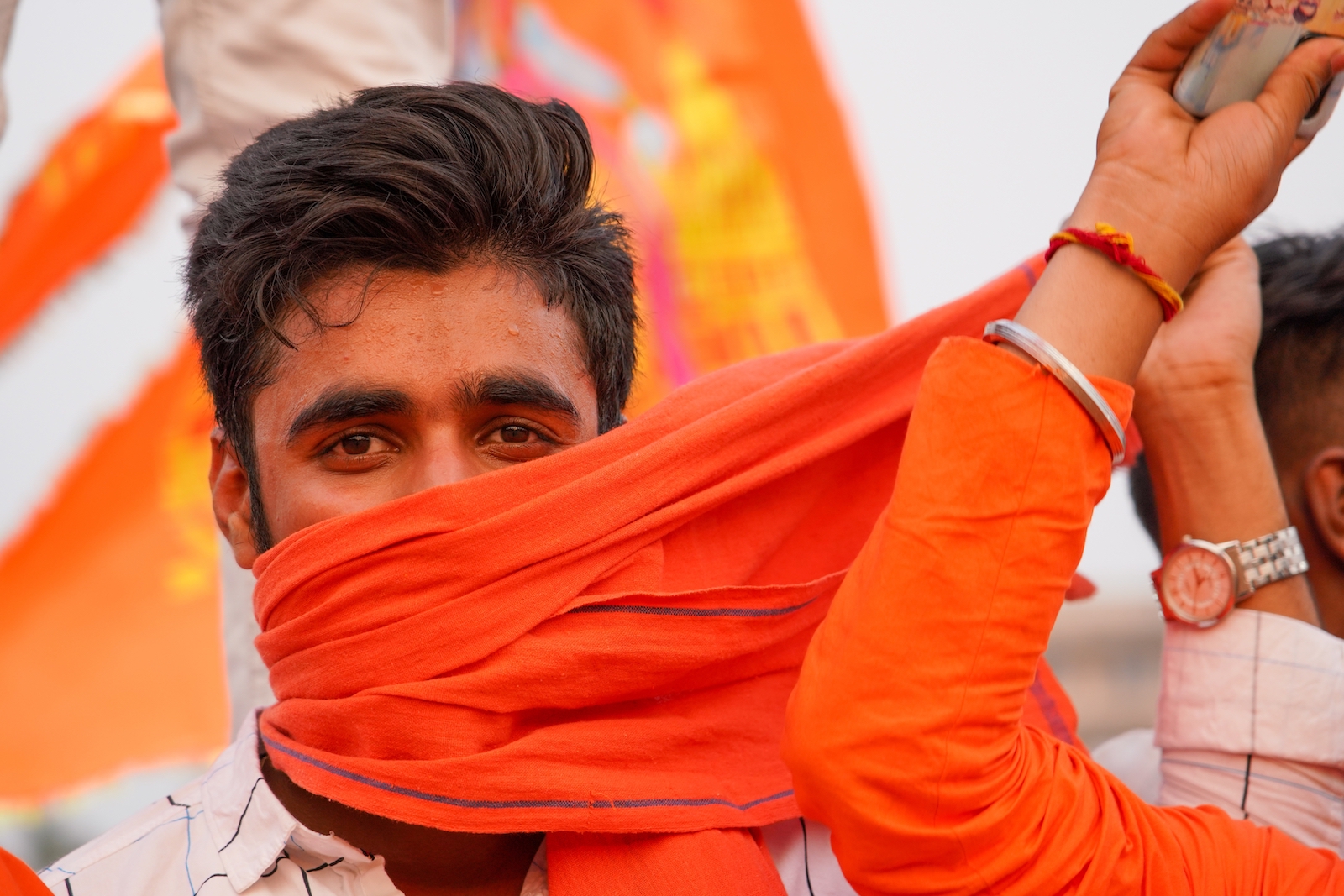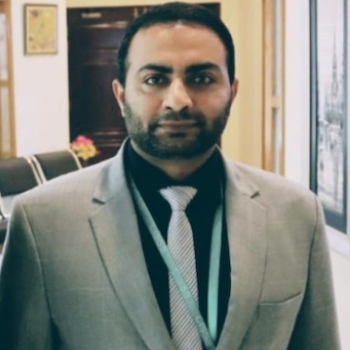
Modi’s India Is Voting Itself Out of Democracy
Since Narendra Modi’s ascent from Gujarat’s chief minister to India’s prime minister in 2014, the country’s democratic and secular foundations have markedly eroded. For the ninth straight year, the Swedish-based V-Dem Institute classifies India as an “electoral autocracy.” Its “Democracy Report 2025” cites shrinking freedom of expression, an increasingly repressed civil society, clampdowns on academic and cultural life, and a surge of disinformation and polarization—warning that, on several measures of electoral integrity and civil liberties, India now fares worse than during The Emergency.
At the center of this decline is the rise of Hindutva—an assertive, exclusionary strain of Hindu nationalism that has moved from the political margins into the mainstream. Under Narendra Modi, Hindutva has hardened from rhetoric into a governing project. The right-wing politics scholar Amit Singh contends that “Hindutva fascism has crystallized in India,” while New Delhi–based journalist Pawan Atri once dubbed Modi “the poster boy of Hindutva.” The implications are felt at home and abroad: India’s image as a pluralist democracy has frayed precisely as its global profile has grown.
Hindutva ideology is inextricably linked to the governing Bharatiya Janata Party and its longstanding organizational ties with the Rashtriya Swayamsevak Sangh (RSS), a cadre-driven Hindu nationalist movement. In testimony to the U.S. Congress’s Tom Lantos Human Rights Commission on May 29, 2015, the historian Gurdarshan Singh Dhillon warned that the BJP-RSS had shifted the country’s socio-political agenda by mobilizing the Hindu majority, unsettling minorities, and, in the process, jeopardizing the secular underpinnings of the republic. The effect, he argued, has been a manufactured confidence among many Hindus and a deepening insecurity among minorities.
Scholars have traced how this politics operates. Rebecca de Souza, of San Diego State University, argues that Hindutva leans on primordial and xenophobic frames to cast Muslims and Christians as an internal foe while forging Hindu solidarity. Hannah Ellis-Petersen of The Guardian notes that Hindu nationalism has long been a feature of Indian politics; in the Modi era, it has been refined into a potent populist instrument for rallying the majority. That strategy has been accompanied by an unmistakable rhetorical edge: Modi’s mass speeches and campaign appearances have repeatedly featured anti-Muslim tropes, including his use of the word “infiltrators”—language that sits uneasily with the kindly uncle persona he projects abroad.
The 2024 general election clarified the governing narrative. Modi touted the Ram Mandir’s construction at Ayodhya, the abrogation of Article 370 in Jammu and Kashmir, the Citizenship (Amendment) Act of 2019, and the criminalization of triple talaq as signature achievements—milestones many supporters read as steps toward a Hindu Rashtra and, ultimately, the civilizational ideal of Akhand Bharat. Human Rights Watch, in an August 14, 2024 analysis, found that Islamophobic remarks appeared in 110 of Modi’s 173 campaign speeches delivered after the Model Code of Conduct took effect—despite the code’s bar on appeals to communal sentiments for votes. The contradiction is stark: the prime minister pairs religious symbolism and talk of civilizational renewal with a politics that marginalizes religious minorities, a combination that has energized much of the Hindu electorate.
Christophe Jaffrelot, in Modi’s India: Hindu Nationalism and the Rise of Ethnic Democracy, traces the leader’s political ascent to the aftermath of Gujarat’s 2002 violence, when Modi emerged as the “Hindu Hriday Samrat”—the “Emperor of Hindu Hearts.” That title encapsulates a broader story: a relentless narrative that Hindus are imperiled by Muslims through demographic change, interfaith marriage—branded as “love jihad”—and migration. This storyline has structured policy and policed social life.
Christians, too, have faced a harsher climate. Data compiled by the United Christian Forum and international rights groups indicate that reported attacks and incidents of harassment targeting Christians have climbed from 127 in 2014 to more than 830 in 2024. These cases span mob assaults on churches and worshippers, arrests of pastors under state anti-conversion statutes, and bureaucratic obstacles that chill religious practice. In Manipur, since 2023, violence by Meitei Hindu groups against the predominantly Christian Kuki community has devastated neighborhoods: more than 250 churches destroyed, hundreds of homes torched, and scores of people killed—an emblem of how ethnic and religious grievances can be inflamed with catastrophic effect.
The pattern extends to communal unrest more broadly. A 2024 report by Mumbai’s Centre for Study of Society and Secularism found that 49 of the year’s 59 communal riots occurred in states governed by the BJP alone or in coalition, suggesting a permissive environment—or, at minimum, a failure of deterrence—where the party holds power. The national picture is one of deteriorating safeguards and emboldened majoritarianism.
International monitors have taken note. In its Annual Report, the U.S. Commission on International Religious Freedom recommended designating India a “Country of Particular Concern,” citing mounting attacks and discrimination against minorities throughout 2024 and the state’s uneven enforcement of protections. The finding aligns with earlier alarms: in January 2020, The Economist warned that Modi’s sectarian politics was corroding India’s secular democracy—a prescient summary of the trajectory since.
What is unraveling is not only a stockpile of civil liberties but also the pluralist architecture that once made India’s elections meaningful beyond the act of voting. The steady constriction of free expression and academic life, the pressure on independent institutions, and the normalization of explicitly sectarian rhetoric point to a transformation of the political order itself. It is little surprise that some of the country’s most prominent writers have reached for bleak metaphors. As Arundhati Roy put it, India is “transitioning pretty brazenly into a criminal Hindu fascist enterprise”—a literary overstatement to some, but to others, an unvarnished assessment of how far the norms have shifted.
In the aggregate, these trends amount to democratic backsliding with a distinctly religious tilt: an “electoral autocracy” in which the rituals of democracy persist while its guarantees—minority rights, institutional autonomy, a vibrant civil society—are pared back. The world’s largest democracy is, by the best available measures, in retreat.
